Plenty of great choices to devour on the summer fishing menu especially for chinook and coho from the coast clear into Puget Sound as well as some freshwater opportunities Leave a reply
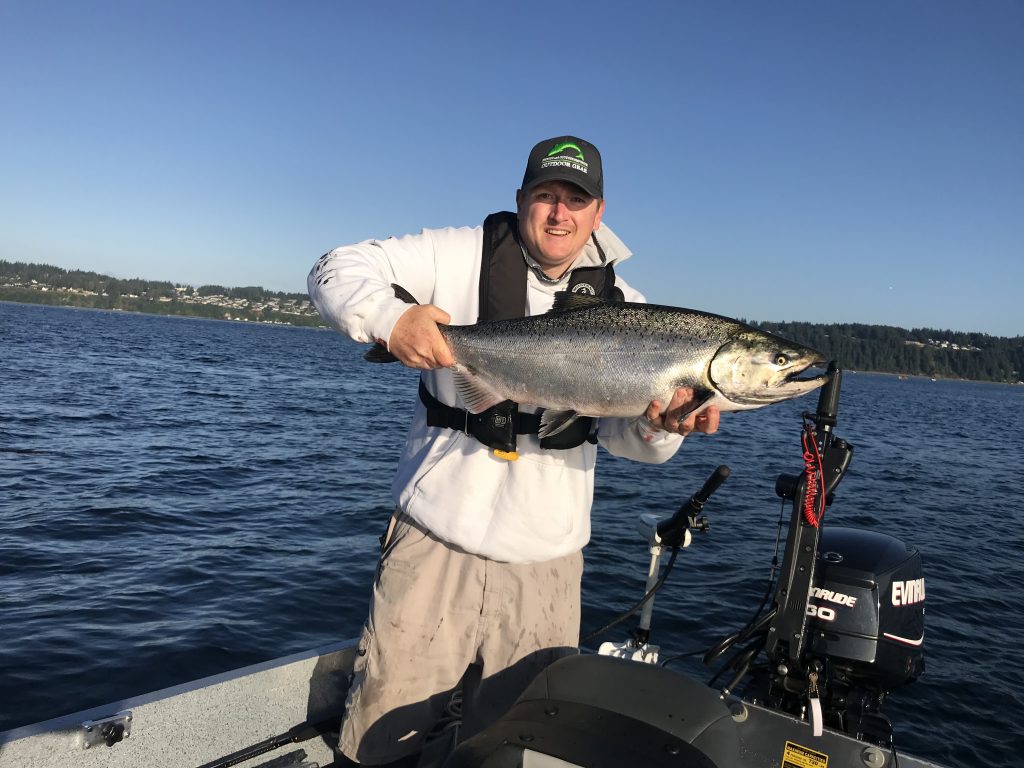
By Mark Yuasa
My interpretation about summer salmon fishing opportunities right now is very similar to a Las Vegas buffet where there are so many choices and not enough room to eat them all up!
But in those hard to make decisions about what to consume in the weeks ahead, there are some great caveats and it’s all up to the angler on what type of fish species they’d like to catch and where they want to go.
For starters on the appetizer menu, out of the three major salmon fisheries that recently got underway only the coast has remained a consistent producer of chinook.
Neah Bay, La Push, Westport and Ilwaco opened daily on June 19 for chinook fishing, and has seen fairly good catches.
“We had some pretty good catches of chinook on the opening weekend for salmon,” said Wendy Beeghley, the WDFW coastal salmon manager, who is also retiring on June 30 after a 33-year career and will be greatly missed in her key role for salmon policy. “Westport and Ilwaco averaged about half a chinook per person, and Neah Bay saw about a third of a fish per person.”
In a couple days – Sunday, June 27 to be exact – Ilwaco anglers will also be able to add hatchery coho to their catch. The port of Westport then switches to being open Sundays through Thursdays for chinook and hatchery coho.
Then from July 4 through Sept. 15, Neah Bay and La Push are open daily for chinook and hatchery coho. All ocean ports are open through Sept. 15 but could close sooner if quotas are achieved so get out sooner than later.

For those tracking what is expected to be one of the largest pink salmon returns (2.95-million is the forecast) seen in quite a while, there have been reports of anglers catch them around Puget Sound and other places. One angler fishing for kings off Seal Rock near Neah Bay hooked 14 pinks, which is unheard this early in the summer and could possibly be a sign of what to expect in the weeks ahead. Look for the pink run to build to a crescendo in August.
After a hot start out of the gate during the initial two days (June 16-17), the south-central Puget Sound (Area 11) chinook fishery has fallen on its face since then.
“It started off with guns blazing with some very solid catch rates for hatchery chinook,” said Gabe Miller, a Sportco & Outdoor Emporium fishing and marine buyer who stores his boat at the Point Defiance Park Boathouse in Tacoma. “Fishing has slowed down since then, and there are some pretty good sticks out there on the water and what everyone is saying is that it seems like the big tides have affected success.”
The baitfish schools remain very abundant in Area 11, and the chinook seem to have disappeared from southern Puget Sound (Area 13) too.
Miller says there were some mature hatchery chinook in the Tacoma area catches on the opener but are mixed in with a good number of smaller-sized immature feeder chinook.
“It’s not like last year when there we had some bigger kings,” Miller said. ‘Fishing pressure has also died out now that it slowed down. The (dogfish) definitely started to show up last week. There are some pockets of them here and there, but not crazy thick everywhere yet.”
The WDFW south-central Puget Sound (Area 11) catch estimates show the current catch is about 10% of the available quota of 3,084 and 6% of the sub-legal encounter quota of 4,233 through June 24. The catch data is 306 hatchery chinook retained and 243 sub-legal encounters.
Another salmon fishery that had shown erratic results since opening on June 16, but got really lost hot (just like the blistering sunny hot weather) on Friday and Saturday (June 25-26) is the central Puget Sound (Area 10) resident coho season. Many were scoring fast early-morning limits of coho (2 to 5 pounds) and beating the heat which hit 97 degrees on Friday and Saturday.
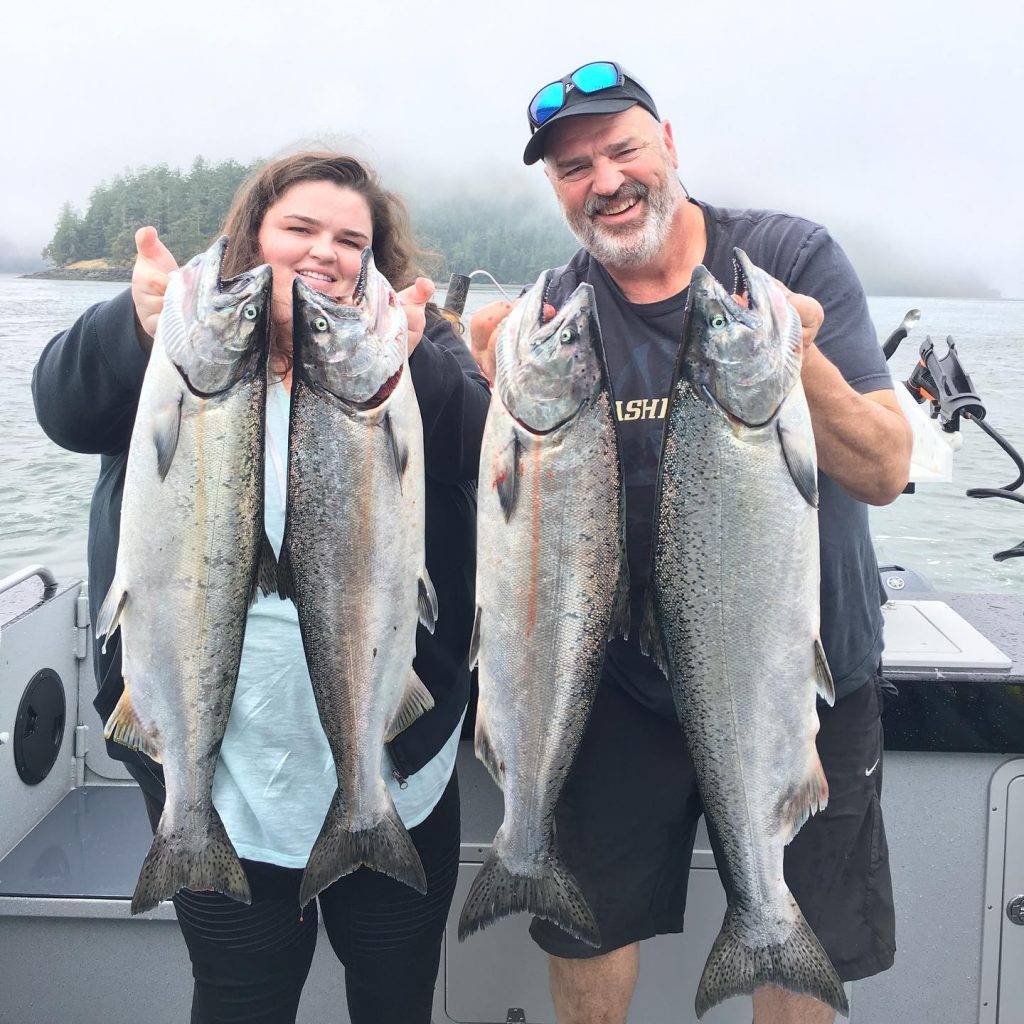
Justin Wong l, owner of A Cut Plug Charters in Seattle, has also been fishing the northern end of the Area 11 hatchery chinook fishery off Vashon Island at places like Dolphin Point, Brace Point and Southworth, and while there is baitfish around hardly any chinook taking advantage of all the feed in the area. He’s also been finding some coho in Area 10 too.
The Tulalip Bubble Fishery, located north of Everett, has been a mixed bag of success for kings although some anglers have scored better success than others. In recent years, the fishery has been a fair to good producer of early-summer kings. Fishing at the bubble is allowed each week from 12:01 a.m. Fridays through 11:59 a.m. Mondays only through Sept. 7, and then weekends only from Sept. 11-26.
Many other salmon fisheries will come into play during the next week, and starting Thursday (July 1) all eyes will be glued on the Strait of Juan de Fuca between Sekiu and Port Angeles (Areas 5 and 6) and the San Juan Islands (Area 7).
The hatchery king fishery at Sekiu is open July 1 to Aug. 15 – chinook quota is 7,565 – and then reverts to pinks and hatchery coho from Aug. 16 to Sept. 30. If the quota is caught prior to Aug. 15, the fishery reverts to chinook non-retention.
In the Port Angeles area hatchery chinook fishing is open (west of a true line north/south line through #2 Buoy immediately east of Ediz Hook) July 1 to Aug. 15 and chinook quota is 6,843. If the quota is caught prior to Aug. 15, the fishery reverts to chinook non-retention. It remains open for pinks and hatchery coho only from Aug. 16 to Sept. 30. Chinook must be released east of a line true north/south line through #2 Buoy immediately east of Ediz Hook from July 1 to Aug. 15.
The Strait is the major crossroads for kings deciding to head south to Columbia River or east into Puget Sound and north to British Columbia.
During summer of 2020 and 2019, the king fishery at Sekiu and Port Angeles were best right out of the starting gate and then eventually slowed down as it progressed into July.
West of Port Angeles, look for kings off Ediz Hook; the humps and Winter Hole in Strait, Freshwater Bay, and Crescent Bay to mouth of Whiskey Creek.
The San Juan Islands (Area 7) is also a major intersection for kings heading to British Columbia or Puget Sound, and is open July 1-31 for hatchery kings with a catch quota of 1,382. If the quota is caught prior to July 31, the fishery reverts to chinook non-retention. It switches to pinks and hatchery coho only from Aug. 1-15 and Sept. 1-30, and back to hatchery kings from Aug. 16-31 (if enough quota remains from July), plus pinks and hatchery coho. The Bellingham Bay terminal fishery is open Aug. 16 to Sept. 30.
Many other will be heading across the Cascades to central Washington to places like the Upper Columbia in the Chelan Falls area, which opens on July 1 for hatchery kings and sockeye.
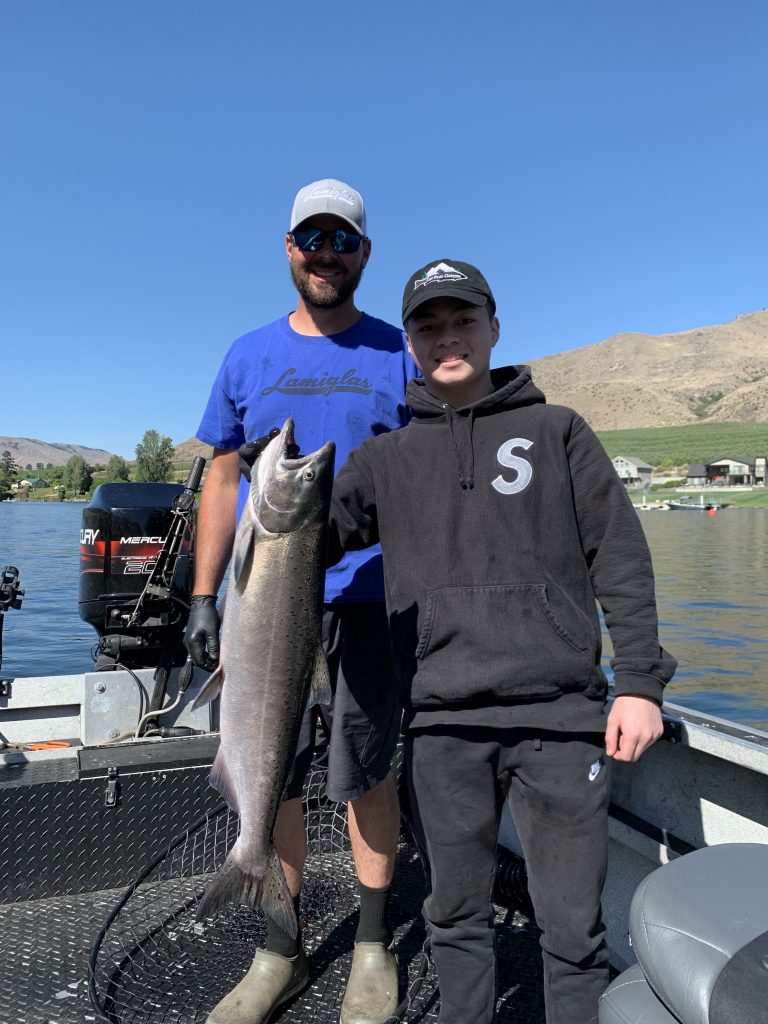
Anglers should gauge this fishery by keeping tabs on summer chinook returns to Bonneville Dam, which has already hit a dandy 40,488 through Thursday (June 24). That’s not too far behind the forecast of 78,800 (compared to 38,000 forecast and actual return of 65,494 in 2020), and if correct would rank it as the seventh highest since 1980, and the count to date is the fifth largest in the past 10-years. The hatchery-mark rate currently sits at 71.2%. Based on 10-year average run timing the run at Bonneville will be 50% complete on June 30.
Through Thursday, June 24, a total of 45,040 sockeye have been counted at Bonneville which is 2nd lowest count in the last ten years. Based on 10-year average run timing the run is expected to be about 30% complete on June 22 and 50% complete on June 27.
Despite a rather paltry forecast of 155,600 sockeye – compared to 246,300 forecast and actual return of 345,018 in 2020 – the sockeye fishery in the Upper Columbia will be open this summer.
The Hanford Reach summer salmon fishery opened by emergency regulation on June 16. The Columbia River upstream of Priest Rapids Dam is scheduled to open on or after July 1. The minimum size is 12 inches and the daily limit is six salmon with up to two adult salmon may be retained. Release all wild adult chinook. Daily adult limit could be two sockeye or two hatchery adult summer chinook or one of each. Once an angler harvests their adult daily limit, they must stop fishing for the day. You can keep any chinook jack, wild or hatchery, as part of your daily limit until you harvest your two adults. Adult chinook are 24 inches or larger measured from tip of the snout to the tip of the tail. All sockeye are adult fish regardless of size.
According to Paul Hoffarth, a WDFW biologist in Pasco, between June 16 and June 20, WDFW staff interviewed 184 anglers from 88 boats with 19 sockeye and four hatchery summer chinook harvested (~35 angler hours per fish / 0.25 salmon per boat). Based on the data collected there were 819 angler trips for salmon opening week with 77 sockeye and 16 adult summer chinook harvested. Four wild adult summers were caught and released.
Dungeness crab come into play starting July 1
The Dungeness crab season opens July 1 through Sept. 6 (closed Tuesdays and Wednesdays of each week) in the Strait of Juan de Fuca east of Bonilla-Tatoosh Island boundary line at Neah Bay (Marine Catch Area 4), Sekiu (5) and Port Angeles (6); the east side of Whidbey Island (8-1 and 8-2); and northern Puget Sound (9).
Central Puget Sound (10) will open July 11 through Sept. 6 with fishing allowed on Sundays and Mondays only. South-central Puget Sound (11) will open July 11 through Aug. 30 with fishing allowed on Sundays and Mondays only.
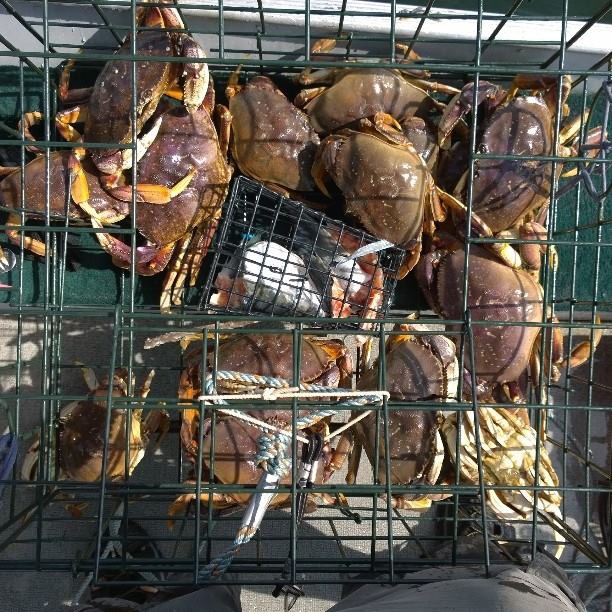
Hood Canal (12) north of Ayock Point will open July 1 through Sept. 6 (closed Tuesdays and Wednesdays of each week). Areas south of Ayock Point are closed this summer.
A section of San Juan Islands (7 South) opens July 15 through Sept. 30 (closed Tuesdays and Wednesdays of each week). Another San Juan Island section known as “7 North” opens Aug. 19 through Sept. 30 (closed Tuesdays and Wednesdays of each week). Those planning to crab after Labor Day must obtain a winter catch card.
Southern Puget Sound (13) will remain closed this summer to help Dungeness crab populations rebuild.
Shad numbers nearing 4-million on Columbia River
A massive number of shad are still being counted and caught along the Lower Columbia River, and look for plenty of rod bending opportunities in the days ahead.
A whopping single-day counts of 351,489 happened on Thursday (June 24), 285,434 on Wednesday (June 23), 272,004 on Tuesday (June 22) and 364,396 on Monday (June 21) at Bonneville Dam bringing the season total to 3,989,573.
The 10-year average peak timing for shad usually occurs from early- to mid-June, and right now catches have been off the charts good.
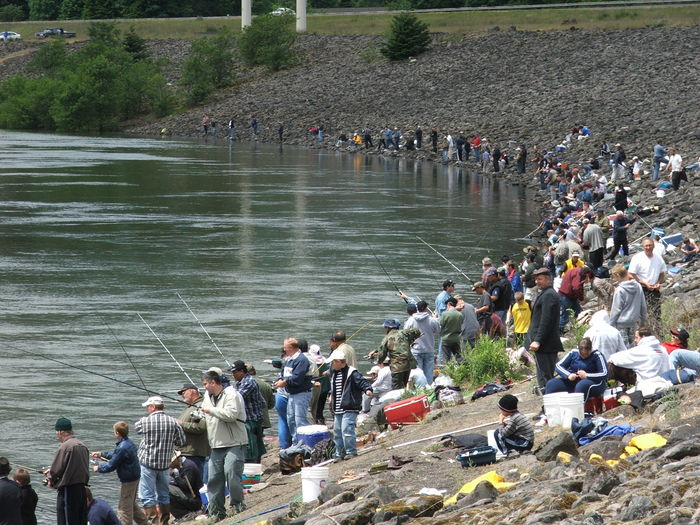
The shad return of nearly 6.0-million fish in 2020 was the fourth largest on record since 1980 and followed a record high return of 7.4-million in 2019. The shad run size includes escapement of 5.8 million fish upstream of Bonneville Dam, but doesn’t account for unknown numbers of shad spawning downstream of Bonneville Dam and Willamette Falls.
Since the late 1970s, runs have met or exceeded 1.0-million fish per year and through the 2000s, the 10-year average run size increased by around a million fish each successive decade with a peak of over 6.0-million fish in 2005. From 2010-2019, runs ranged from just over a million in 2011 to a new peak of over seven million in 2019.
The best fishing locations are the shoreline just below Bonneville Dam, but shad are spread out in the Camas Slough, and from Washougal downstream to Kalama area.
Shad tend to like a fast-running current, and most fish usually are caught no further than 30 feet from shore. Shad darts are the most effective lure, but red and white colored flies with a small hook, colored beads like red or metallic silver or gold, small crappie-like jigs along with small wobbler spoons will catch their fair share of shad.
Nibbles and bites
–The halibut fishery is open off Neah Bay/La Push (Areas 3 and 4) and the Strait of Juan de Fuca/Puget Sound (Areas 5-10 only) on Saturday (June 26). The northern coast and Puget Sound (Areas 3, 4, and 5 to 10) will reopen on Aug. 19 through Sept. 24 (or until the quota is caught) on Thursdays, Fridays and Saturdays only.
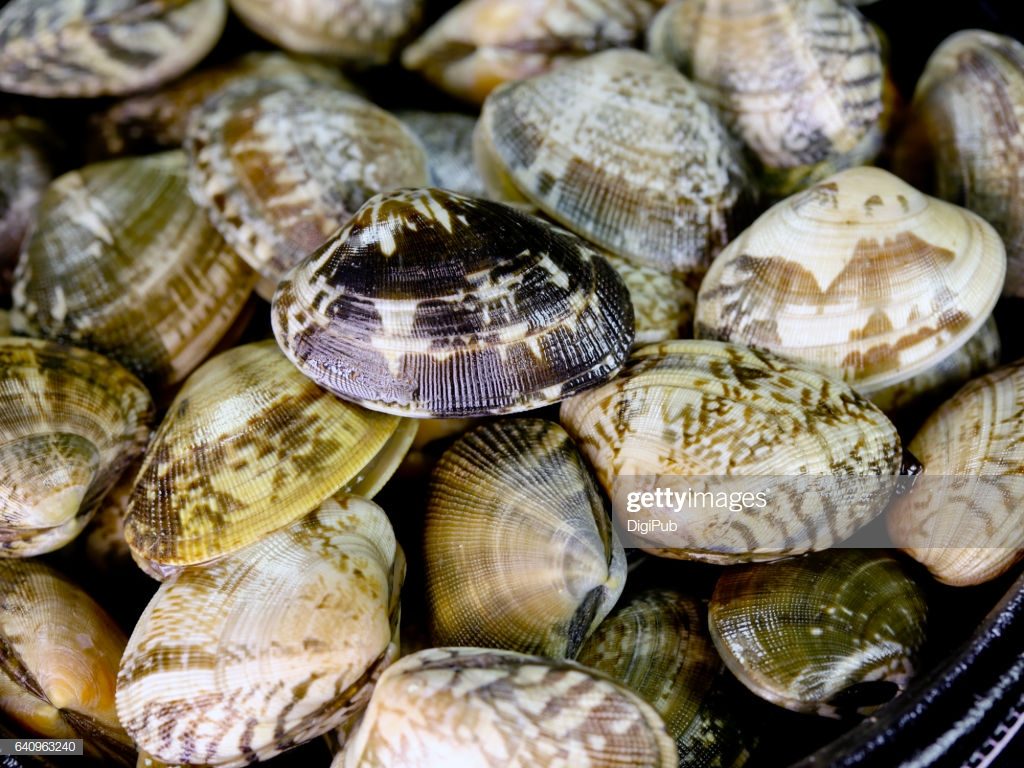
–Extreme low tides happening now through Monday will allow shellfish gatherers to hit Puget Sound beaches for clams, mussels, oysters and geoduck. Public access on many beaches is relatively easy, but be sure to check the WDFW and Department of Health websites for any closures or changes. A list of beaches can be found at https://wdfw.wa.gov/sites/default/files/2021-03/adopted_2021wdfwbeachseasonsbarchart.pdf.
For emergency beach closures, call the marine biotoxin hotline at 800-562-5632 or visit the DOH website at www.doh.wa.gov. Also check the WDFW hotline at 866-880-5431 and website at http://wdfw.wa.gov.
Also keep in mind that all eastern mainland beaches from Everett south into southern Puget Sound are also closed for shellfish due to unsafe pollution levels.
Upcoming low tides: June 25, minus-3.9 feet at 11:46 a.m.; June 26, -3.6 at 12:33 p.m.; June 27, -2.9 at 1:21 p.m.; and June 28, -2.0 at 2:08 p.m.
–The king fishery in Hood Canal south of Ayock Point (Area 12) is open July 1 through Sept. 30 with a liberal four-hatchery chinook daily limit and minimum size limit of 20 inches. Look for kings along shoreline and drop-offs near Hoodsport, Musqueti Point, Ayock Point and the deep shelf outside of Annas Bay running parallel east and west along the Great Bend. Hood Canal north of Ayock Pointopens July 11 to Sept. 30, and release chinook and chum. This fishery hasn’t been open in July very often in past years, and is directed at a strong pink return of 174,244 and coho.
–Many are tracking the sockeye return to the Baker River and through June 24, 156 have been counted at the fish trap. Ber Lake will open for sockeye fishing from July 10 until further notice. The daily limit is one sockeye with a minimum size of 18 inches. Anglers may fish with two poles with the purchase of a Two-Pole Endorsement. Each angler aboard a vessel may deploy salmon angling gear until the daily salmon limit for all anglers aboard has been achieved.
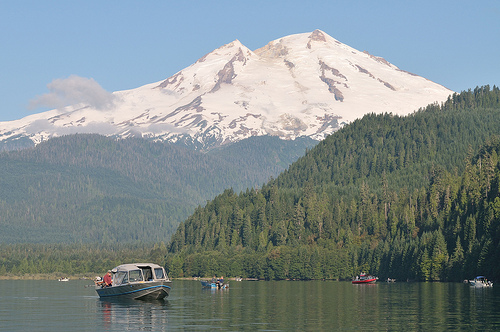
This fishery may close on short notice if preliminary fishery monitoring data suggests the sport fishery is reaching the harvest limit. The harvest limit may increase, or decrease, with in-season run size forecast updates from test fisheries and trap counts. As of June 17, the state harvest limit is 1,068 sockeye.
–There’s absolutely no chance of a sockeye fishery in Lake Washington this summer, but folks like to keep tabs on what is being counted at the Ballard Locks fish ladder. Through June 22, 1,098 have been counted with a small forecast of 24,807 and a spawning escapement of 350,000 is needed before any fishery can be considered.
The last time a fishery occurred was 2006 when 453,543 returned. That allowed an 18-day sport fishery (provided about 60,000 fish between sport and tribal fisheries) and brought millions of dollars to the local economy. Other dates a Lake Washington sockeye fishery was held included 2004, 2002, 2000 and 1996.

